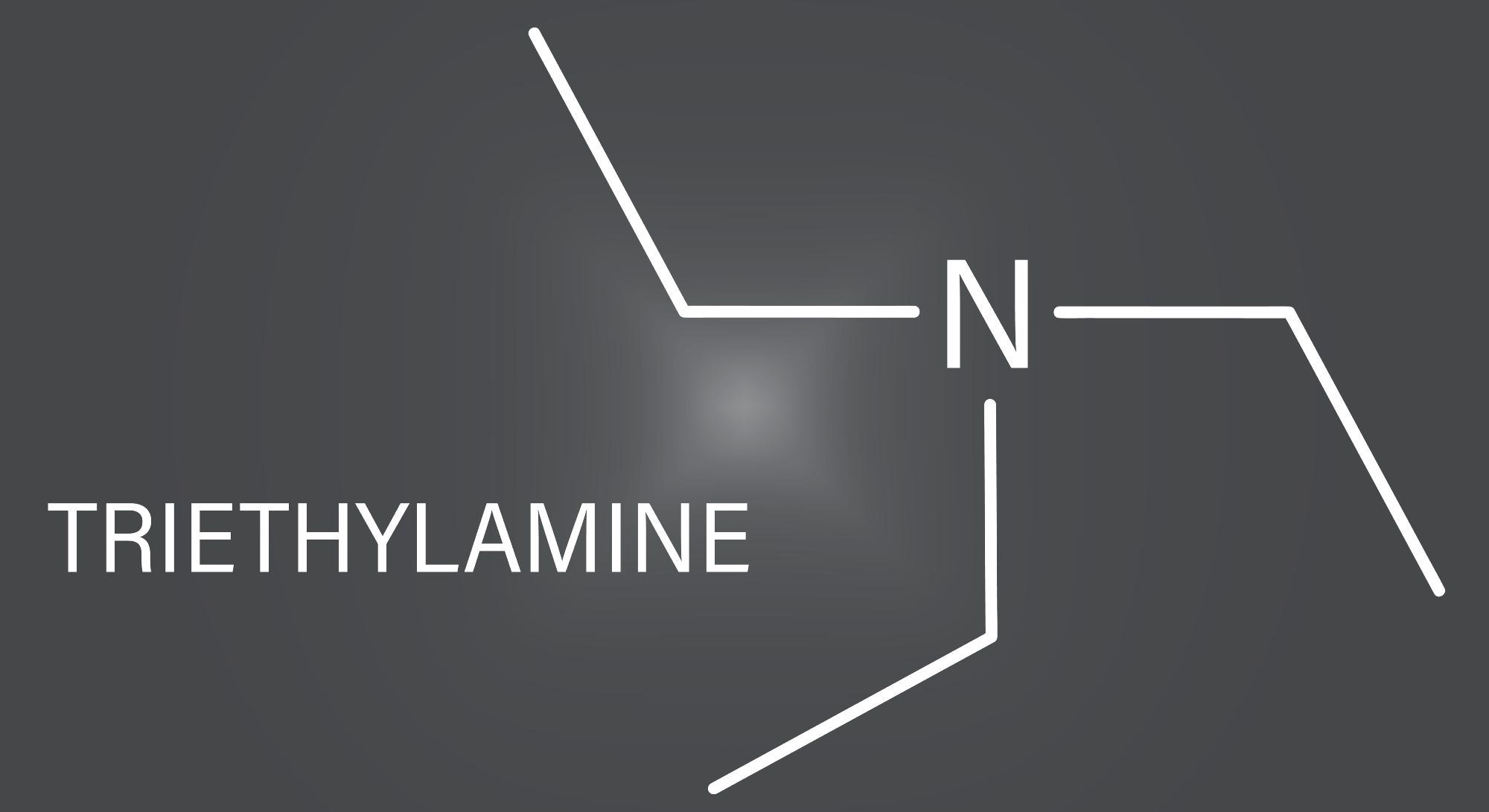Triethylamine (TEA) is a highly flammable chemical compound that is hazardous to both the environment and public health. The development of indium oxide (In2O3) hollow porous nanospheres (HPNSs) embedded with silver nanoparticles as a gas sensor for the detection of TEA gas is the focus of a recent study available as a pre-proof in the journal Materials Research Bulletin.

Study: In2O3 Hollow Porous Nanospheres Loaded with Ag Nanoparticles to Achieve Wide Concentration Range Triethylamine Detection. Image Credit: Spunt/Shutterstock.com
What are the Effects of Triethylamine Exposure?
TEA, a high volatility compound with a characteristic odor and a high toxicity, is broadly used as an organic liquid, preservative, and curing agent. However, TEA poses a significant but underrecognized risk to public health. People who are exposed to triethylamine gas for a short period of time experience eye strain, retinal inflammation, and ring vision. Direct exposure to TEA gas can also irritate the mucosal surfaces.
Long-term exposure to TEA gas has been shown to cause pulmonary irritation, swelling, modest peribronchitis, venous bulging, eyesores, and, at elevated amounts, liver, renal, and cardiac impacts.
Limitations of Previous TEA Sensing Methods
To observe TEA contaminants in different sampling matrices, a variety of techniques based on multiple analysis tools have been designed. Because of its technical sophistication, assessment rate, and sequential quantification of multiple substances, gas chromatography (GC) is regarded as one of the most established methods for TEA gas detection.
Due to the high polarity of TEA gas, these techniques regularly encounter responsiveness or repeatability issues in TEA quantification. Furthermore, issues such as installation costs, operational complexity, and the complexity of real-time sensing limit the efficacy of these methods. As a result, gas sensors are gaining traction as a promising technique for achieving low density, instantaneous, and prompt sensing of TEA for health monitoring applications.
Importance of Metal Oxide Semiconductor Sensors
Because of their compact size, long-term durability, and low price, metal oxide semiconductor (MOS) detectors have been extensively used for gas sensing applications in the recent past. Indium oxide (In2O3) is a classic n-type substance with good electrical conductance and chemical inertness among common MOS substances. Because of its precise electrical reactivity to external gases, it is ideal for developing highly precise gas sensors.
Although pure indium oxide has previously been used for gas sensing, its poor specificity and slow response rate significantly limit its application for low-concentration TEA sensing. As a result, it is frequently altered with metals and metal oxide to improve its sensing ability.
A Novel In2O3 Sensor Loaded with Silver Nanoparticles
In this study, the researchers prepared indium oxide hollow porous nanospheres (HPNSs) modified with Ag for TEA gas detection using a facile hydrothermal method. The gas sensor was magnetically stirred before being annealed at 450 °C.
The crystalline structure of indium oxide nanospheres was determined using X-ray powder diffraction (XRD). A field emission scanning electron microscope (SEM) was used to examine the morphology of the hollow porous nanospheres. X-ray photoelectron spectroscopy (XPS) was used as an effective characterization tool for measuring the purity of the prepared gas sensor.
Key Findings of the Study
In conclusion, indium oxide HPNSs were created using a standard hydrothermal method. After that, the indium oxide HPNSs were modified with 1-7wt percent silver nanoparticles, which enhanced the oxygen vacancies and improved gas responsiveness.
Gas sensitivity analysis revealed that 5wt% Ag-In2O3 HPNSs had greatly enhanced TEA gas sensing functionalities, including high sensitivity, improved small concentrations monitoring, a wide detection scope, good specificity, and long-term predictability at 350 °C.
The large surface area of the 5wt percent Ag-In2O3 HPNSs sensor accounts for its markedly better gas sensitivity. Secondly, the electronic and chemical reaction of Ag nanoparticles enhanced TEA gas sensing. Because of the variation in the work function of Ag and In2O3, the Schottky barrier formed at the interface, and the creation of the depletion region significantly increased the initial resistance, leading to high gas sensing capabilities.
Future Perspective
The novel 5wt percent Ag-In2O3 hollow porous nanospheres as an ideal TEA sensing material is expected to have good prospects for use in both future research and industrial applications. Furthermore, the proposed methodology of adding silver nanoparticles into In2O3 HPNSs can be applied to other materials to speed up the industrial growth of gas sensors.
Reference
Song, Z. et al. (2022). In2O3 Hollow Porous Nanospheres Loaded with Ag Nanoparticles to Achieve Wide Concentration Range Triethylamine Detection. Materials Research Bulletin. Available at: https://www.sciencedirect.com/science/article/pii/S0025540822001532?via%3Dihub
Disclaimer: The views expressed here are those of the author expressed in their private capacity and do not necessarily represent the views of AZoM.com Limited T/A AZoNetwork the owner and operator of this website. This disclaimer forms part of the Terms and conditions of use of this website.